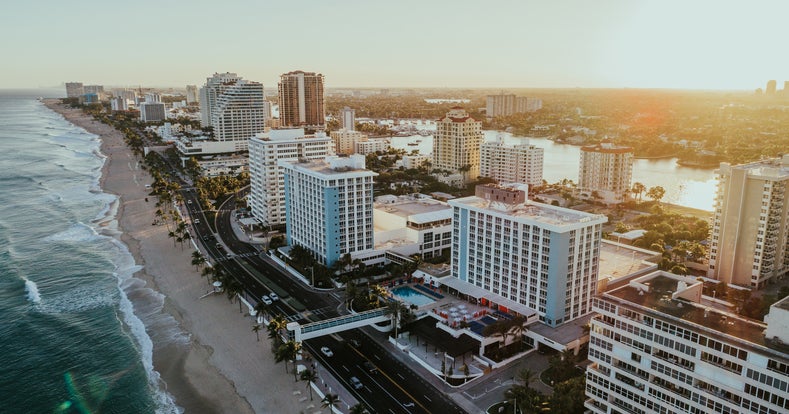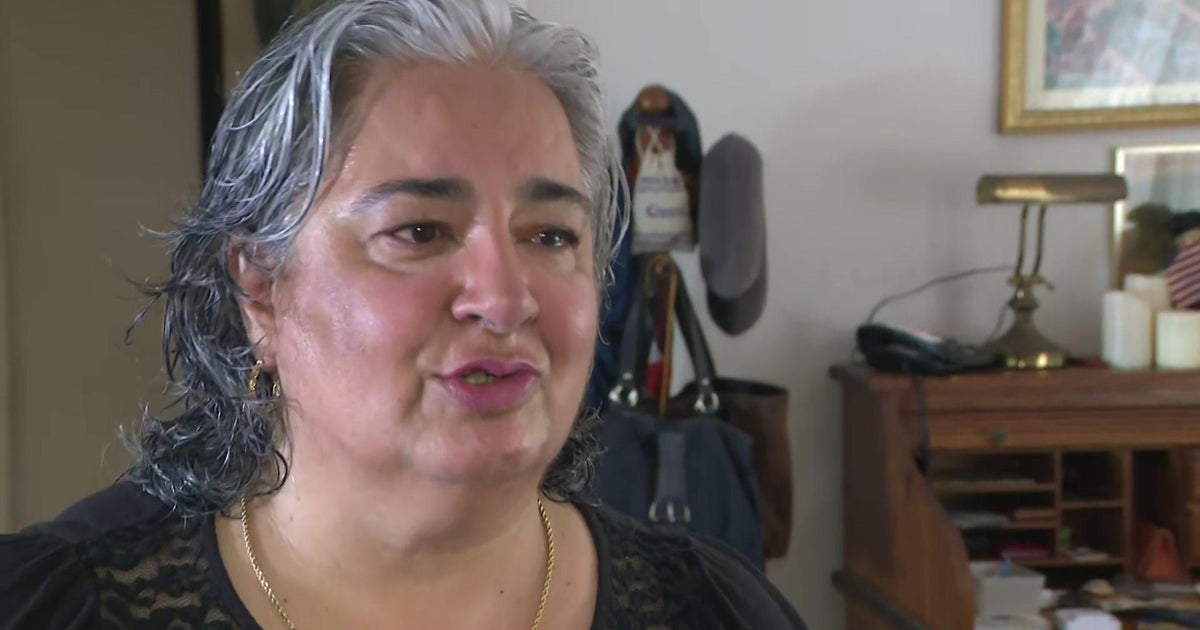Group Of Researchers: Sand Re-Nourishment Could Be To Blame For Beach-Related Accidents
MIAMI (CBSMiami) - Andrew Gallo doesn't remember the accident that left him a quadriplegic. The last thing he does recall is being in South Florida. It was December 2016 and while it was winter back home on Long Island, Miami Beach was warm and sunny.
The 25-year-old dove headfirst into an approaching wave but struck his head on a sandbar.
"Living on Long Island at the beach all the time and you generally expect the water to just slope down naturally," he said. On this stretch of Miami Beach off Lincoln Road, however, the water was unusually shallow.
Gallo's accident was undeniably a tragedy, but it also may have been an example of the unintended consequences of beach re-nourishment.
Each year, billions of dollars are spent replacing sand along the beaches up and down the East Coast of the United States and with rising sea levels, the need to replace lost sand is only going to grow. But a group of researchers says those well-meaning efforts may be leading to accidents like the one that changed Andrew Gallo's life forever.
"We're not alarmists by any means," says John Fletemeyer, "but we definitely want to raise an awareness, and we're hoping to do that among government officials."
Fletemeyer is the head of the International Drowning Prevention Alliance, and along with fellow researchers John Hearin and Brian Haus, recently published a paper in the Journal of Coastal Research examining beach-related accidents.
Fletemeyer and his colleagues found that after beach re-nourishment projects there was a significant increase in the number of drownings and serious accidents along those same beaches.
In Ocean City, Maryland there was a 297 percent increase in serious accidents in the year following new sand being added. At Cape May, New Jersey, accidents rose by 197 percent following beach re-nourishment
Depending on how the new sand is added, a portion of that sand will be tracked into the ocean creating new sandbars and increasing the number of rip currents.
In Delray Beach, for example, following a beach re-nourishment project in 2008 the number of flash rip current warnings increased from three in the 120 days before the sand was added to 22 in the four months that followed the project.
"After any beach nourishment project there is significant money spent on assessing how it impacts sea turtle nesting – and everybody loves the sea turtles," notes Hearin. "But there has been zero dollars spent on how it impacts beach safety, swimmer safety, and other recreational activities on the beach."
They readily admit their findings are not conclusive. Correlation, after all, is not causation.
And there could be other factors at work. For instance, more swimmers may go to a beach after it has been improved, which could lead to an increase in accidents.
Instead, the trio is asking local, state and federal officials – particularly the Army Corp of Engineers – to study the issue.
"You can't say with 100 percent certainty that this beach re-nourishment project caused this beach injury," Hearin explains. "What we are saying is there is significant amount of evidence both scientific and anecdotal to suggest that there is a correlation and it needs to be studied in greater detail and the projects need to be designed to minimize those impacts."
"We should design the projects in a way that minimizes the impacts and that should be one of the considerations," says Haus, a professor with the University of Miami's Rosenstiel School of Marine and Atmospheric Sciences. "Right now, it isn't on the suite of things that are considered when doing the projects."
Adds Fletemeyer: "It's important to recognize with the sea level rising, which is undeniable, that the beaches are going to continue to erode and right now the only practice that makes sense to anyone is to dump sand on the beach at the cost of billions of dollars. And when that happens, we have to be aware of the potential impact that's having on public safety."
Following his accident, Gallo sued the Miami Beach hotel where he was staying for failing to post signs warning their guests of the potential dangers. The case was recently settled for an unspecified amount of money.
"Cities and beachfront hotel operators are now well aware of the danger created by shifting sands and they need to protect an unsuspecting public of these dangers by posting adequate warnings," says Stuart Grossman, who represented Gallo. "To do otherwise is to expose all of us to harm."
Gallo hopes his accident will cause officials to take notice.
"It's very easy to save lives," he notes. "I would never wish this injury on my worst enemy."



